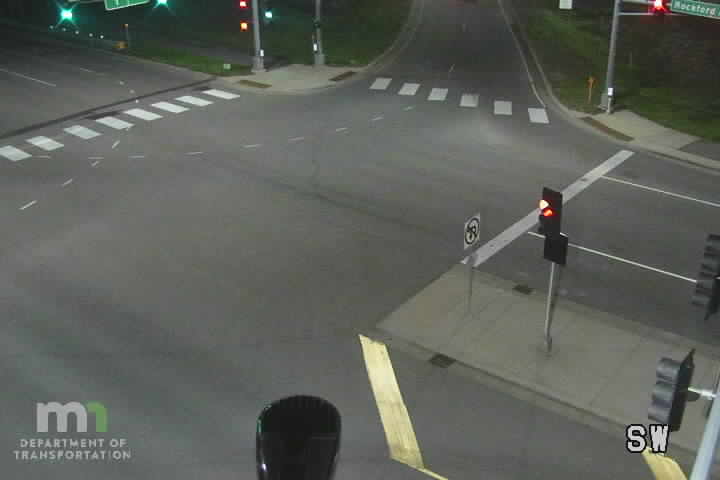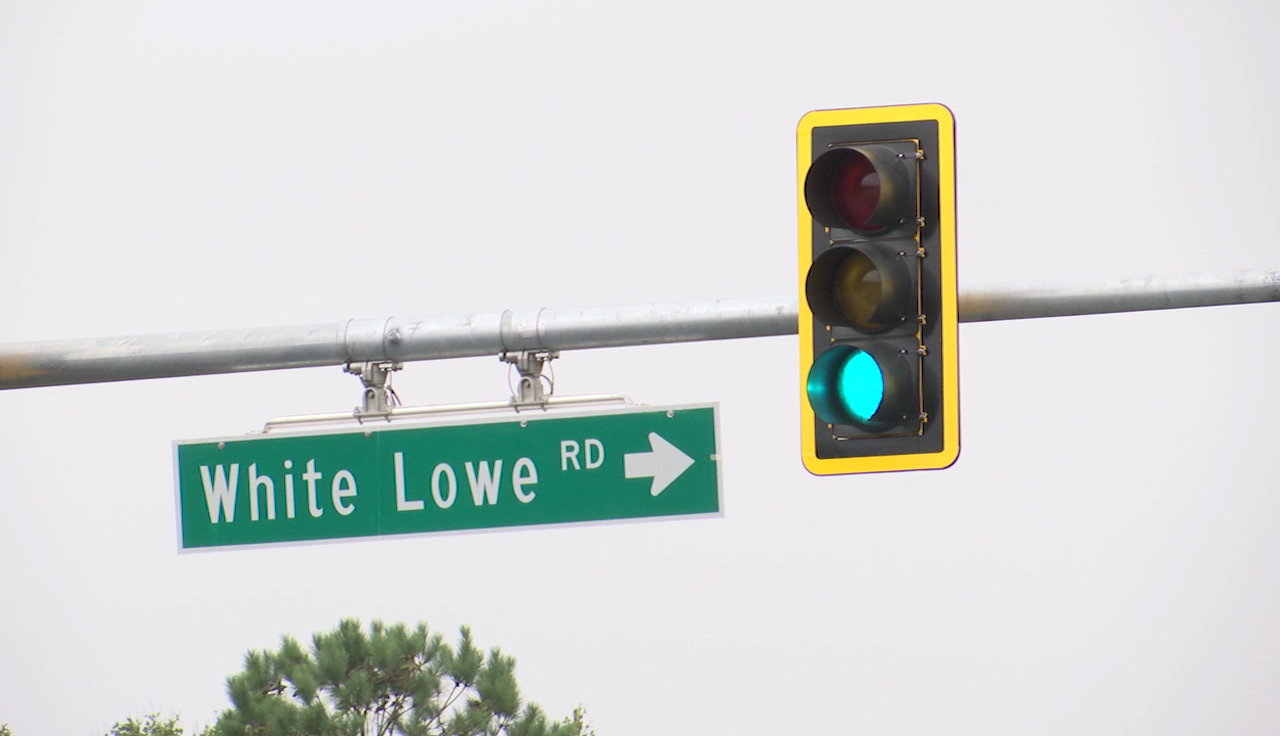


For short count sites, it is estimated by factoring a short count using seasonal and day-of-week adjustment factors.

For continuous count sites, it is calculated by summing the Annual Average Days of the Week and dividing by seven. AADT is the estimated mean daily traffic volume.The recommendations are being considered as MDOT moves forwards with the development of a nonmotorized traffic monitoring program.The report discusses the importance of a nonmotorized monitoring program, provides background on other states' nonmotorized count programs, and makes recommendations for how MDOT should proceed in building a nonmotorized count program.Toole Design Group's report is titled the Nonmotorized Data Collection and Monitoring Program Guide and Implementation Plan.To provide an outline for the creation of a nonmotorized count program, MDOT hired the consultant firm Toole Design Group to make recommendations for creating a nonmotorized count program from the ground up.MDOT is currently only capable of collecting short counts on these nonmotorized facilities but is considering options for collecting continuous count data.MDOT is also in the early stages of collecting traffic counts on nonmotorized facilities, such as bike lanes, sidewalks and shared-use paths.The data gathered from continuous counts are used to create factors (seasonal factors for example), which are utilized in a process of normalizing short count data. They are costlier to maintain compared to short counts and are set up in different regions throughout the state to get as much variety in the traffic data collected via continuous counts as possible but provide far more accurate and detailed data compared to short counts. Continuous counts are designed to collect traffic counts 24 hours a day, seven days a week, for all 365 days in a year.Short counts are the most common as they are easy to set up and cheap to maintain but only collect snippets (generally over a 48-hour period) of traffic moving through a designated location (where the station is set up).There are two primary types of traffic counts that are used by MDOT: short counts and continuous counts.MDOT collects traffic data, in the form of traffic counts, on all trunkline (federal-aid) roads and works with individual local agencies (cities/villages, counties, metropolitan planning organizations, and regional planning agencies) to collect traffic data for non-trunkline roads via the Non-Trunkline Federal Aid Road Program (NTFA).

The County also seeks to protect victim and family privacy and dignity by diverting footage in a medical incident, especially when next of kin must be notified of a significant event.Traffic Counts Collection Motorized Traffic Counts Victim and witness privacy: Victim and witness privacy protection is always central, but especially if there are juveniles present – something responders wouldn’t know for sure until arriving at a scene. Cameras may also be diverted during an active incident, such as an Emergency Response Team (ERT) response, to safeguard tactical information and ensure the safety of all present. Law enforcement tactics and officer identity: The County protects the identities of law enforcement personnel who serve in plain clothes or undercover roles. This is all protected information until the person is determined to no longer be a patient, which occurs after they sign a refusal to be assessed or transported. Health information: This includes identifiers related to a potential patient, like their face, demographics, and health condition. Trash and Recycling for Businesses Sub-menu.Business Tangible Personal Property Taxes.Vehicle Personal Property Tax Assessments.Customer Assessment and Payment Portal (CAPP).Permit Library: Permit & Application Types.Partnership for Children Youth & Family.Arlington's Initiative to Rethink Energy (AIRE).County Board Approves New Studio for Arlington Independent Media.Jobs with Public Safety & Arlington Public Schools.


 0 kommentar(er)
0 kommentar(er)
